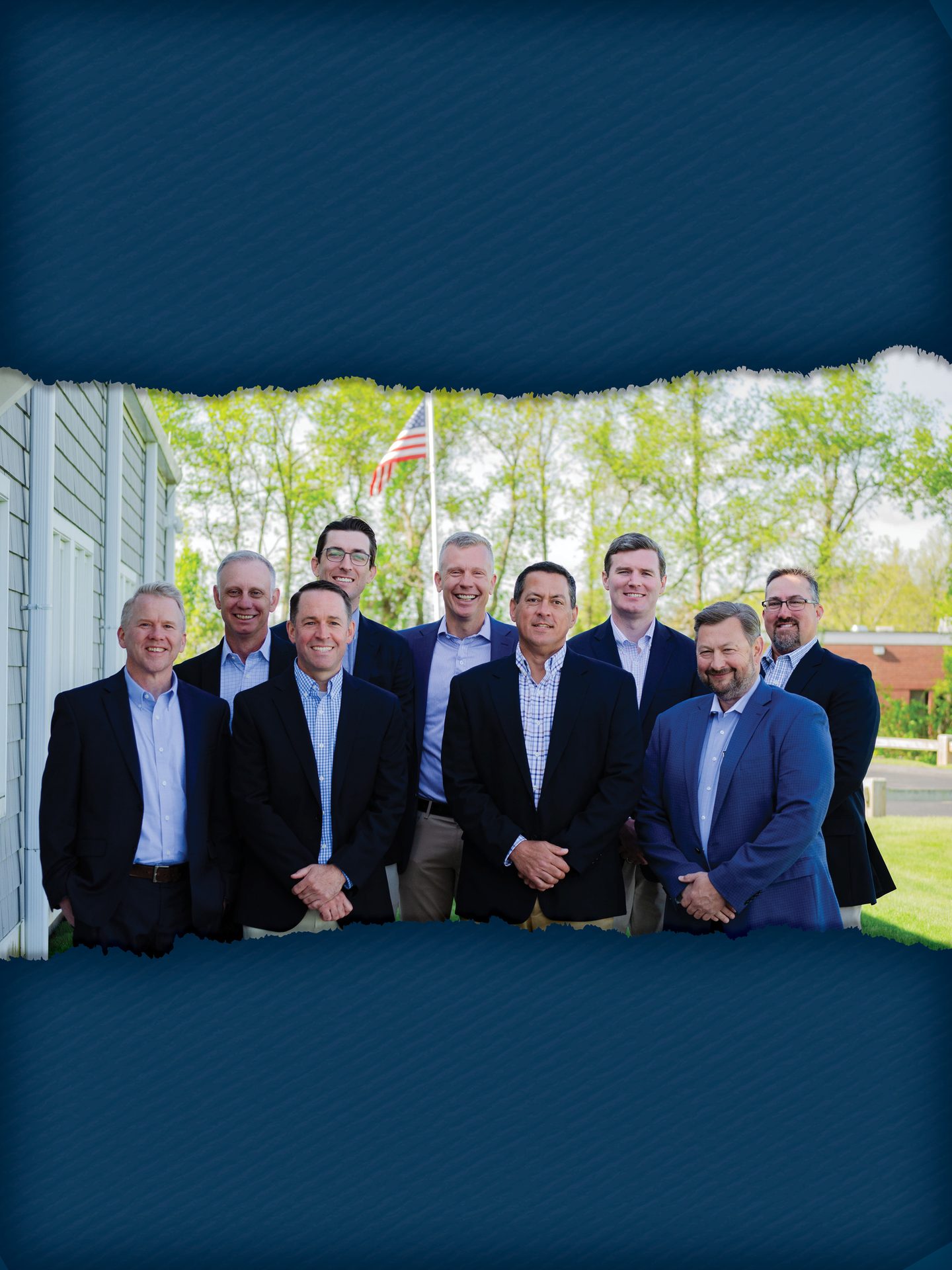
CODES CORNER
BY Lisa Reiheld
MANAGING YOUR BUSINESS
How the 2024 International Plumbing Code improves safety, increases efficiency, provides clarity, mitigates damage and more
Contractors need to familiarize themselves with recent code changes.

Contractors recognize the International Plumbing Code (IPC) as the gold standard in providing prescriptive and performance-related code provisions for potable water supply and distribution piping, sanitary drainage and venting, backflow prevention and more. They understand the importance of the IPC in creating safe, sustainable and reliable buildings for all occupants.
They may not, however, be aware of the significant changes that were made to the 2024 IPC. For example, the 2024 edition includes a new exception to door locking within a toilet facility.
Typically, the egress door for a multiple-user toilet facility is not allowed to be lockable from inside the room. This is a precautionary measure to prevent people from accidentally locking themselves in, to mitigate pranks performed by mischief-makers, and to minimize the risk of any other issue that could occur if the toilet facility was locked from the inside. It does not, however, apply to family or assisted-use toilet facilities.
An exception was added to the existing code language on toilet facility door-locking to account for the risks associated with an active shooter situation in K-12 schools. Consider the danger of what would happen if teachers couldn’t find safe refuge for themselves or their students because the nearest room is a multiple-user toilet facility that can’t be locked.
To mitigate this risk, the 2024 IPC now allows the egress door of a multiple-user toilet facility to be lockable from the inside if three criteria are met:
- The egress door shall be lockable from the inside of the room only by authorized personnel by the use of a key or other approved means. (In a K-12 school, teachers, administrators or custodians may be permitted to use the key. The provision for “other approved means” would also allow the school to lock the doors remotely/electronically during a building-wide lockdown.)
- The egress door shall be readily openable from the toilet room in accordance with International Building Code (IBC) Section 1010.2.
- The egress door shall be capable of being unlocked from outside the room with a key or other approved means.
The door-locking exception is not exclusive to educational institutions alone — other occupancies may also use this option to create a safe refuge in their environment. In fact, the third criterion is consistent with the current requirements in the IBC for Group E (Educational) and Group B (Business) occupancies for locks permitted on classrooms, offices and other occupied rooms per IBC Section 1010.2.8.
This is just one of the many changes featured in the 2024 IPC. Let’s take a look at some additional highlights and what they mean for building safety.
New requirements mitigate damage and provide better protection
Expansive soil
New requirements are particularly important and should not be overlooked. One of them applies to expansive soil in IPC Section 305.8. This new requirement specifically pertains to the protection of piping, fittings, hangers and supports from the effects of expansive soils.
The International Residential Code (IRC) defines expansive soils as “soils that exhibit volumetric increase or decrease (swelling or shrinking) in response to partial or full wetting or drying under load.” Per IRC Section R403.1.8.1, soils are considered to be expansive soils if they meet a Plasticity Index (PI) of 15 or greater in accordance with ASTM D4318; where more than 10% of soil particles pass a No. 200 sieve; more than 10% of soil particles are less than five micrometers in size in accordance with ASTM D422; and have an Expansion Index greater than 20 in accordance with ASTM D4829.
While previous code editions did not explicitly require protection, the 2024 IPC will require that if an expansive soil is found (and not removed per the IBC), plumbing components must be protected. For example, where framing structurally spans over an under-floor space, all piping, hangers and supports shall be suspended to isolate them from the effects of expansive soils.
Copper tracer wire
Another new requirement can be found in Section 306.2.4, which states that plastic sewer piping must be accompanied by an insulated copper tracer wire (or other approved conductor) that is installed adjacent to and over the full length of the piping. If access isn't provided to the tracer wire, the tracer wire must then terminate at the cleanout between the building drain and building sewer. The tracer wire size should be at least 14 American Wire Gauge (AWG) and its insulation type should be listed for direct burial.
With this change, contractors working on third-party excavation and digging projects will be better able to determine where the plastic sewer piping resides and avoid damaging the sewer lines.
New updates improve clarity and increase efficiency
Showerhead flow rate
The 2024 IPC implements a variety of updates involving everything from water efficiency to the minimum number of required plumbing fixtures for a given occupancy. For example, for a showerhead, the maximum flow rate has been reduced from 2.5 gpm at 80 PSI to 2.0 gpm at 80 PSI. As a result, the IPC is now in alignment with ASME A112.18.1/CSA B125.1, Plumbing Supply Fittings, for the requirements of high-efficiency showerheads.
Minimum number of plumbing fixtures
Ambulatory care facilities and outpatient clinics are now separately addressed in Table 403.1 (Minimum Number of Required Plumbing Fixtures). While these facilities share a lot of the same requirements for other business classifications, they require one lavatory per 50 occupants. This differs from the lavatory requirements of buildings that are designed for the transaction of business and non-medical professional services (banks, offices, etc.), which require one lavatory per 40 occupants for the first 80, and one per 80 thereafter.
Additionally, in the Institutional occupancy category of this table, this section has added many new classifications to address the absence of differentiation between patients, employees and visitors in these types of facilities that was not previously addressed.
Toilet facility signage and definitions
Another update involves signage for toilet facilities, which should now indicate whether the facility is to be used by males, females or by all persons regardless of sex. This adjustment brings IPC Section 403.4 (IBC Section 2902.4) into alignment with the changes made to IPC Sections 403.1.1 and 403.1.2 (IBC Sections 2902.1.1 and 2902.1.2) during the last code cycle (2021 IPC / IBC).
Toilet facility definitions have also been tweaked in an effort to align with changes made to IPC Section 403.1.2 and IBC Section 2902.1.2. In this instance, "single-user toilet facility" and "multiple-user toilet facility" are detailed to better differentiate between toilet facilities that are intended for only one or multiple patrons.
The related definition changes include additional context to indicate when a "family or assisted-use toilet facility" or "family or assisted-use bathing room" should be applied.
New requirements are particularly important and should not be overlooked. One of them applies to expansive soil in IPC Section 305.8. This new requirement specifically pertains to the protection of piping, fittings, hangers and supports from the effects of expansive soils.
Bathtub waste outlets and overflows
Section 407.2 (Bathtub Waste Outlets and Overflows) removes the requirement that bathtub overflows must be at least 1-1/2 inches in diameter when installed in a bathtub as many bathtubs contain overflows that are not perfect circles. Additionally, new language has been added to ensure that where a bathtub has an overflow, standing water is only permitted in the overflow when the fixture is filled to that point of overflow and that the overflow does not bypass the trap of the bathtub.
Thus, Section 407.2 states: "Where an overflow is installed in a bathtub, the piping from the overflow outlet shall be connected upstream of the fixture trap. The overflow outlet shall discharge to the trap whether the waste outlet is closed or open."
New drain and vent piping vacuum test brings IPC in alignment with IRC
The 2024 IPC also includes the addition of a drain and vent piping vacuum test that was previously added to the 2021 IRC. It provides contractors with an alternate option to test drain and vent piping systems when the ambient temperatures are below freezing.
Per Section 312.4, "The portion of the drainage and vent system under test shall be evacuated of air by a vacuum-type pump to achieve a uniform gauge pressure of negative five pounds per square inch or a negative 10 inches of mercury column (negative 34 kPa). This pressure shall be held without the removal of additional air for a period of 15 minutes."
While this test was primarily included in the 2021 IRC to provide a safe testing option when ambient temperatures drop below freezing, there are no safety hazards and thus no limitations regarding when the test can be used. The drain and vent piping vacuum test is also beneficial by providing a safe alternative to water-based testing when air cannot be used to conduct a test. This test can therefore mitigate the cost of construction delays and prevent potential damage to piping systems in situations where water may have been used with the addition of antifreeze, and the subsequent disposal costs, in freezing conditions.
Better still, many contractors already possess the equipment needed to perform the test – and for those who don't yet have it, the equipment is readily available.
A proven and comprehensive model code
The 2024 IPC serves as another reminder of why it is both a proven and comprehensive model code. With incremental and critical updates added over every three-year cycle, the IPC continues to be an invaluable resource that sets the minimum regulations for plumbing systems and components.
The IPC is particularly important in making further improvements to the quality of the water supply, enhancing safety for public users of toilet facilities, refining protections for building plumbing infrastructure and perfecting the processes that contractors use to implement the code provisions.

Image courtesy of urbazon / E+ / Getty Images.
Lisa Reiheld is a director, PMG technical resources for the International Code Council, where she serves as a subject matter expert to the plumbing, mechanical, fuel gas, swimming pool and spa codes. She represents ICC in federal and state coalitions, task forces, committees, and councils where expertise in I-Code subjects is required. Reiheld has more than 20 years of experience in plumbing product certifications, design engineering and building codes.
